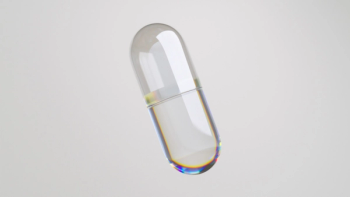
Increased Use of Green Tea Extract in Baked Goods, Microencapsulation Specialist Reports
The company says its own, unique microencapsulation process eliminates the bitter taste of green tea so that the ingredient can be included in products such as bakery and other dried goods.
The use of green tea extract in baked goods is on the rise, says microencapsulation specialist
The company explains that it coats the green tea extract with a tasteless, thin film of vegetable food-grade material. The ingredient comprises 46% epigallocatechin gallate (EGCG), the most abundant catechin in tea; 82% catechins; and 98% total polyphenols. It contains 2%–3% caffeine.
“For industrial and artisan bakers, green tea can be used with ease, with no formulation changes,” says CEO Winston Samuels. “It comes as a free-flowing, dust-free powder, which we are proud to have accomplished, and the particle size is so small that there is no grittiness so texture will not be affected whatsoever.”
“Bitter-free green tea extract provides a delivery for bakers to now add an age-old ingredient with known health benefits to fortify their products,” Samuels adds. “End products such as whole-wheat fiber breads, multigrain diet products, and gluten-free bread products would be ideal breads to deliver green tea extract since they are more geared towards health-conscious consumers.”
Newsletter
From ingredient science to consumer trends, get the intel you need to stay competitive in the nutrition space—subscribe now to Nutritional Outlook.





